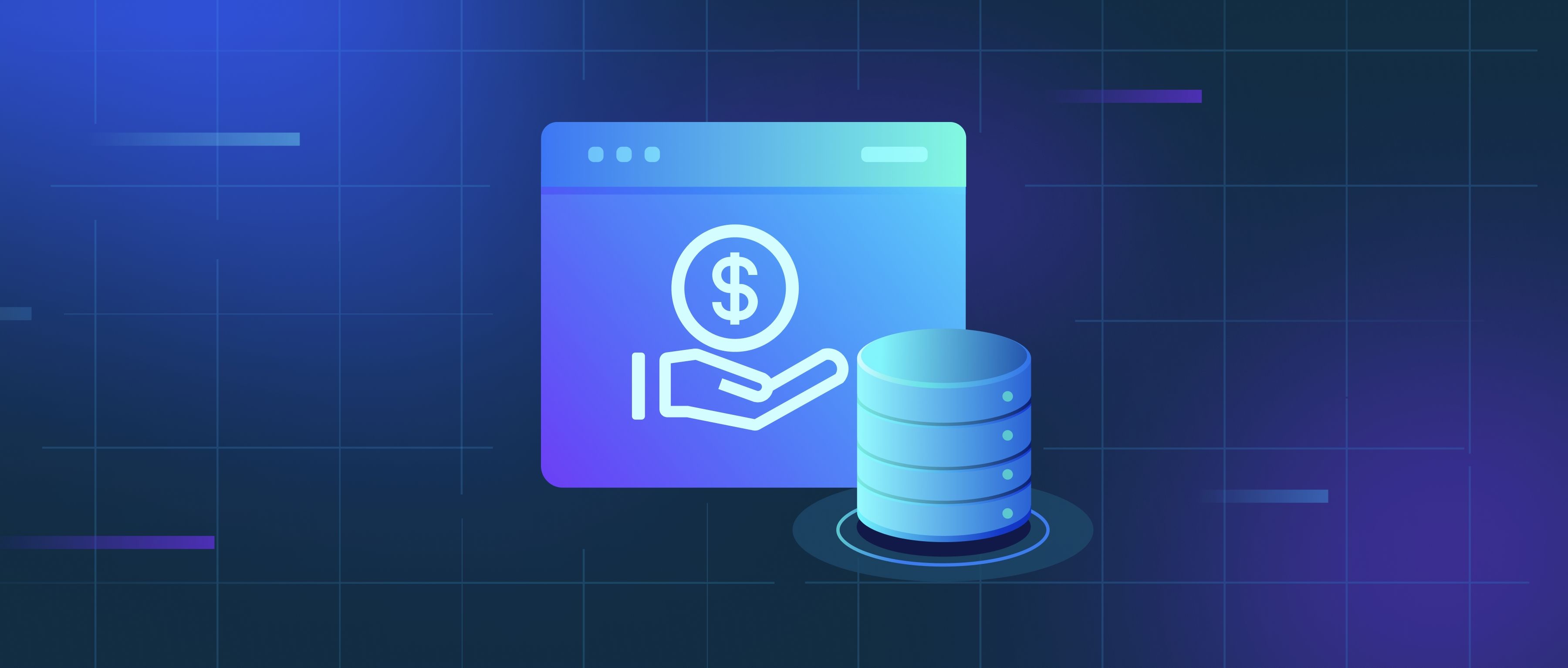OpenAI addresses high-demand API requests by implementing a combination of load balancing, rate limiting, and resource management strategies. When numerous users send requests simultaneously, the system uses load balancers to distribute incoming traffic evenly across multiple servers. This approach ensures that no single server becomes overwhelmed, which can lead to slower response times or service outages. Load balancers intelligently route requests based on server capacity and current demand, allowing the API to handle large volumes efficiently without sacrificing performance.
In addition to load balancing, OpenAI employs rate limiting to manage how frequently users can make requests. This mechanism prevents any single user from monopolizing resources, which can degrade the experience for others. For example, if a developer exceeds their allowed request rate, they may receive an error message prompting them to wait before trying again. Rate limits vary based on user tier; larger clients or those on premium plans may receive higher limits. This system helps maintain service quality during peak demand periods and allows OpenAI to manage its computational resources effectively.
To further enhance performance, OpenAI continually monitors usage patterns and adjusts its infrastructure as necessary. This monitoring allows the organization to anticipate demand spikes and allocate resources proactively. For instance, during product launches or significant events, OpenAI can scale up its infrastructure to handle increased traffic. By combining these approaches, OpenAI can maintain a robust and reliable API service even when faced with high demand, ensuring all developers have a smooth experience while utilizing the API.
